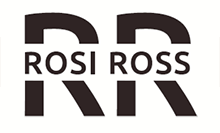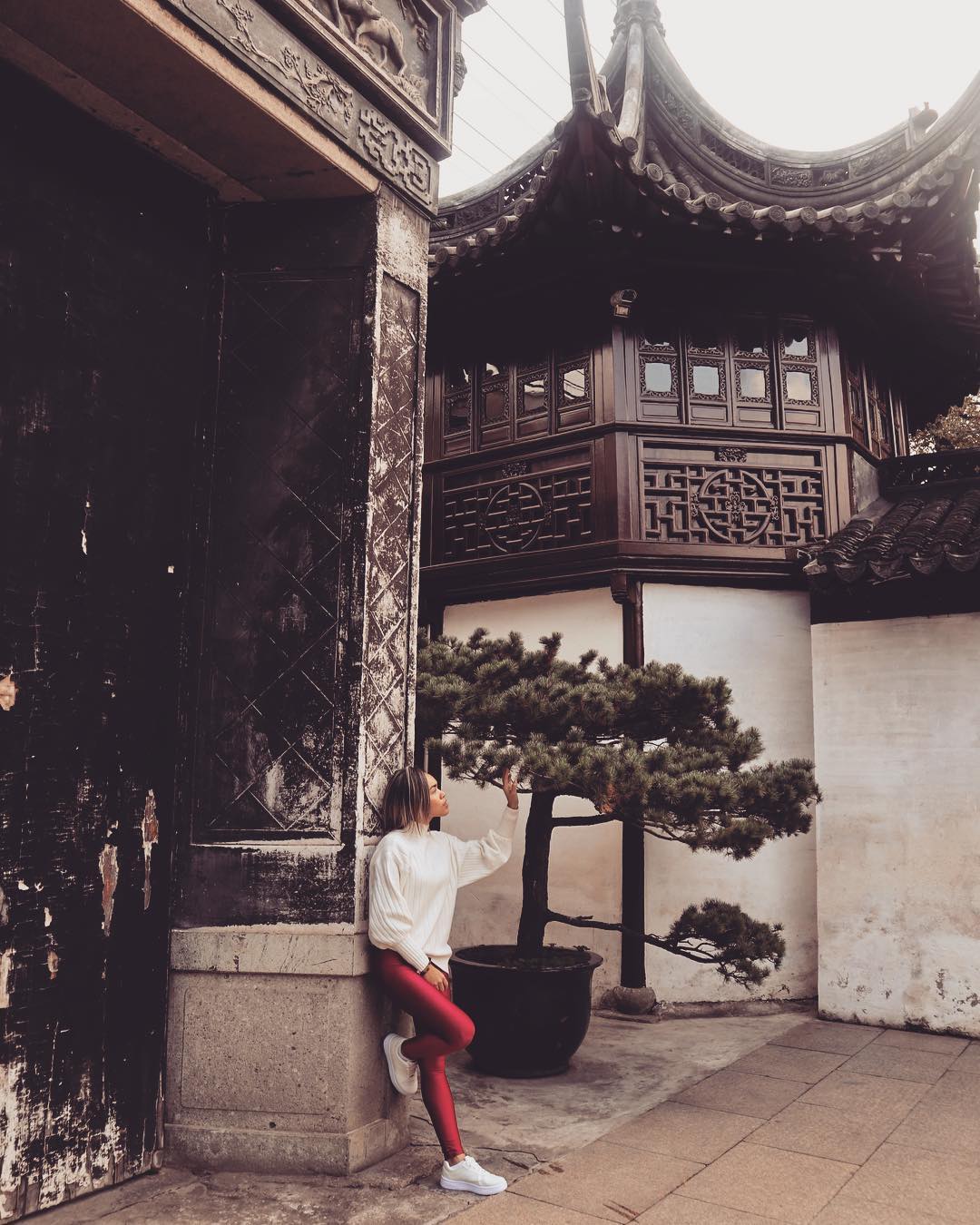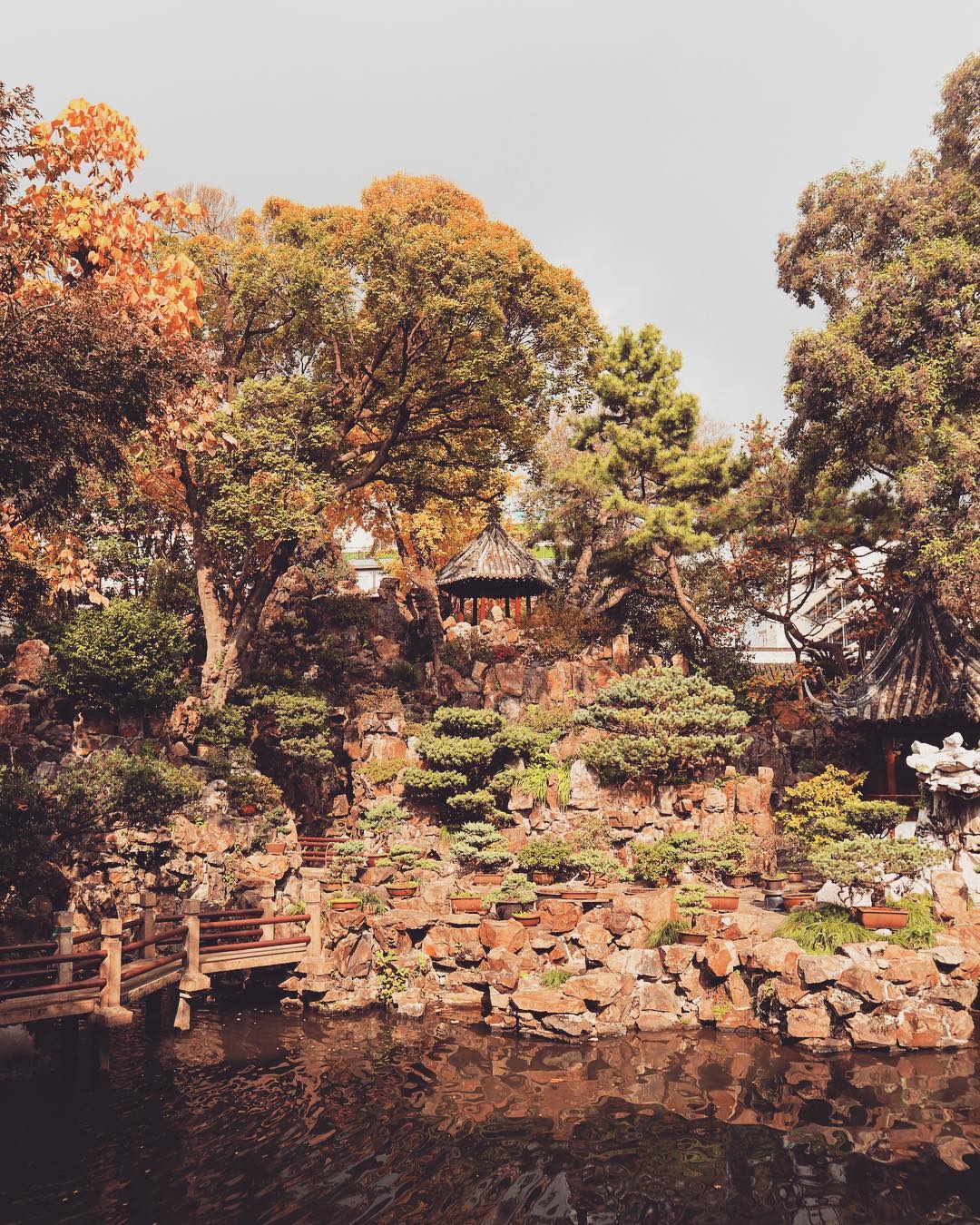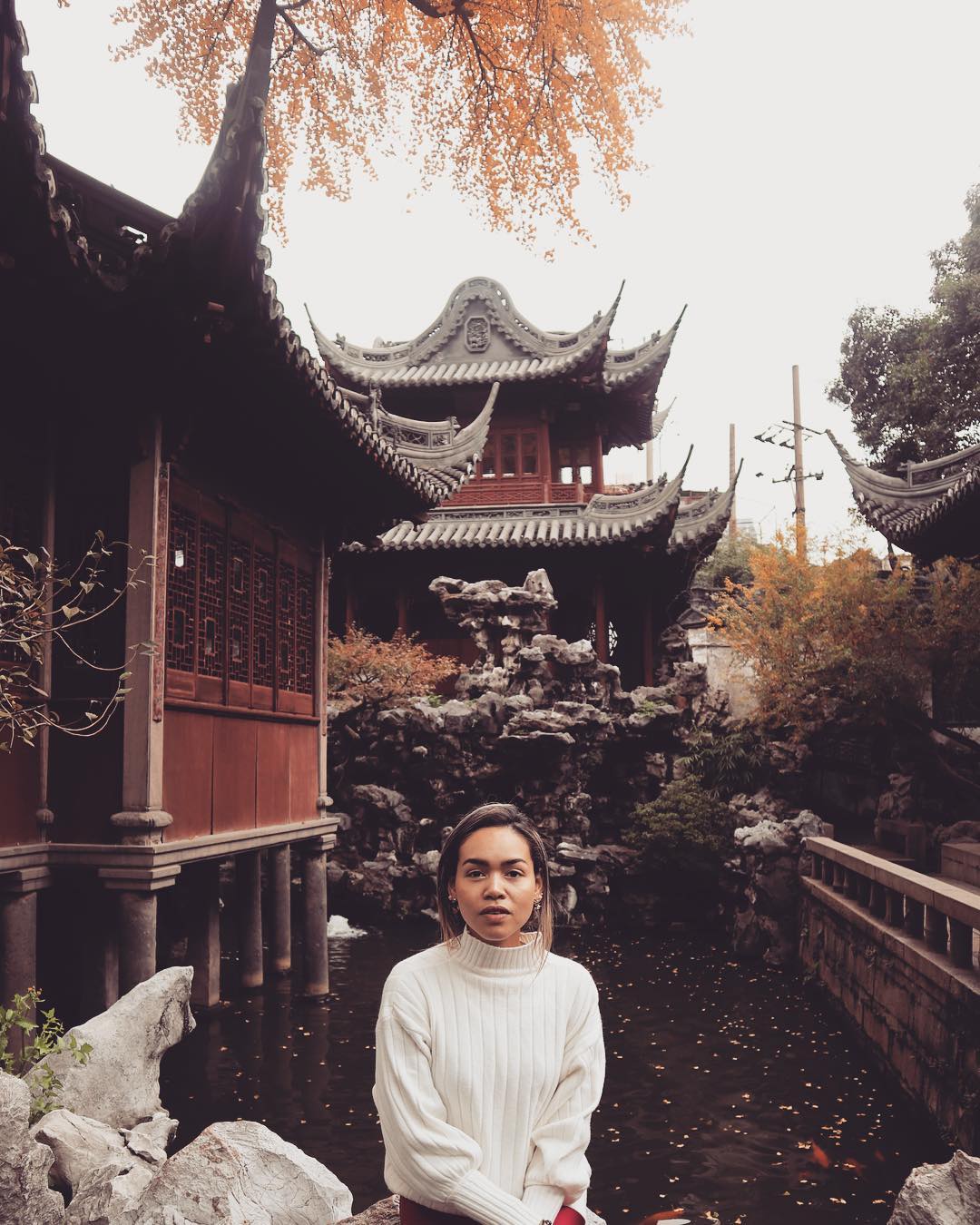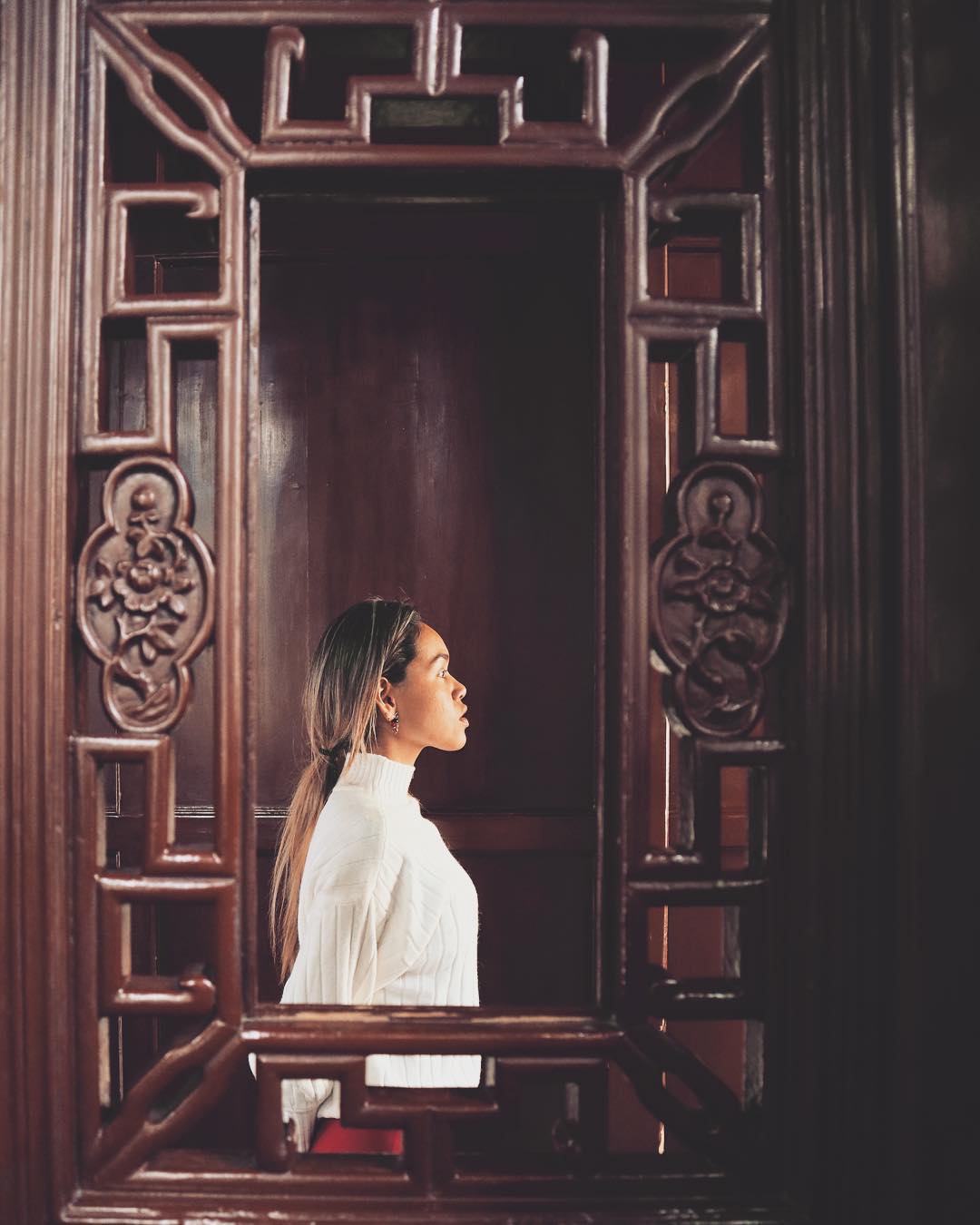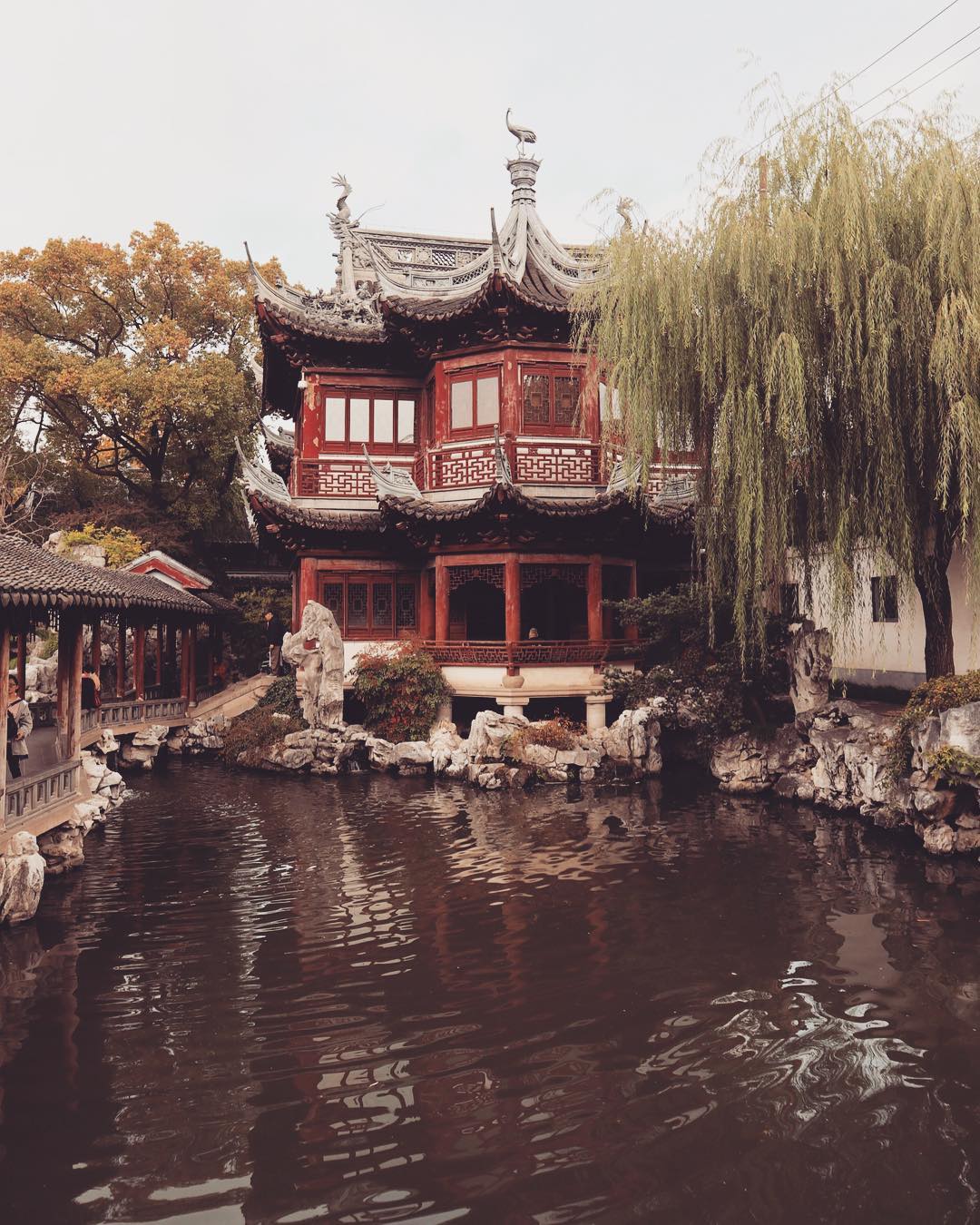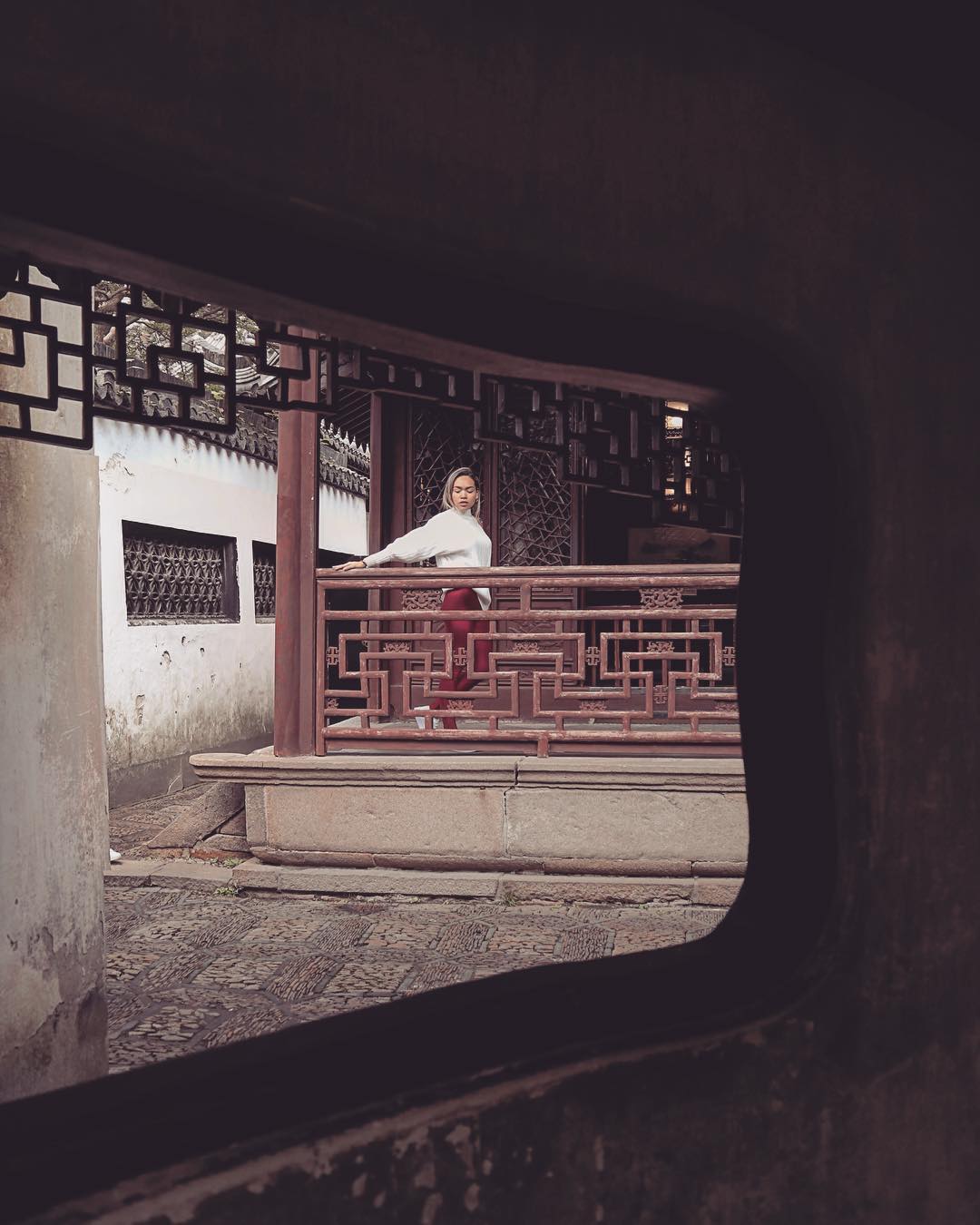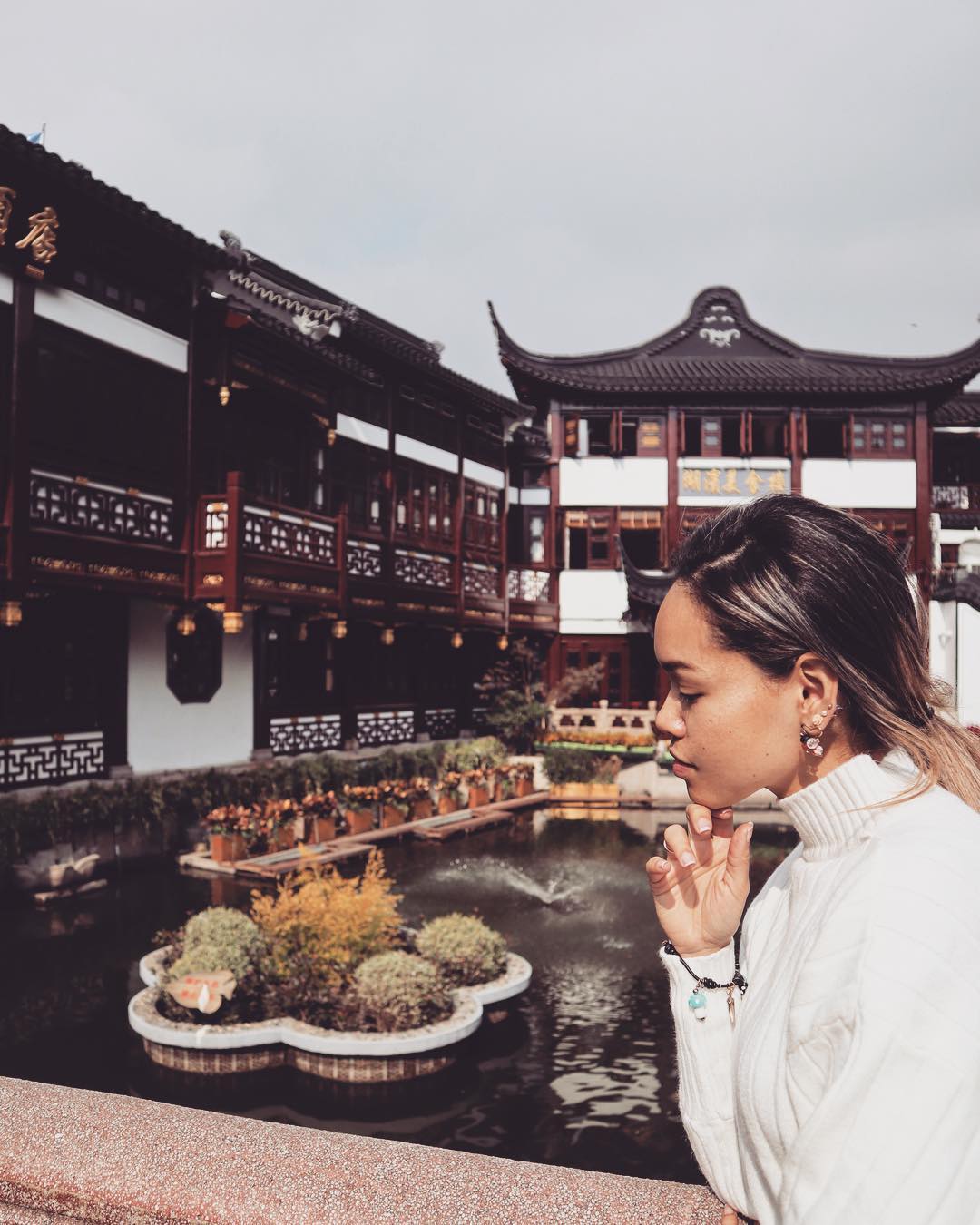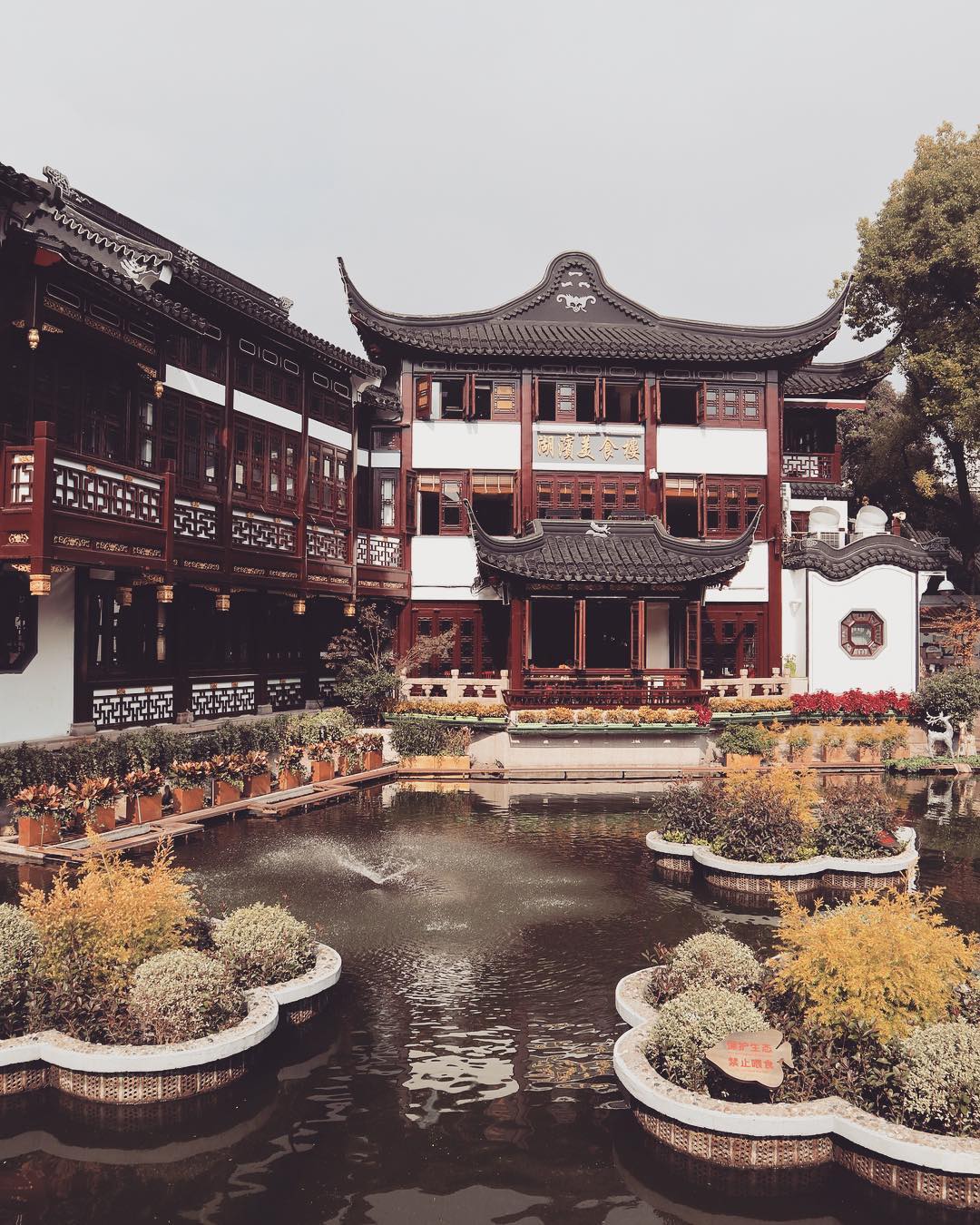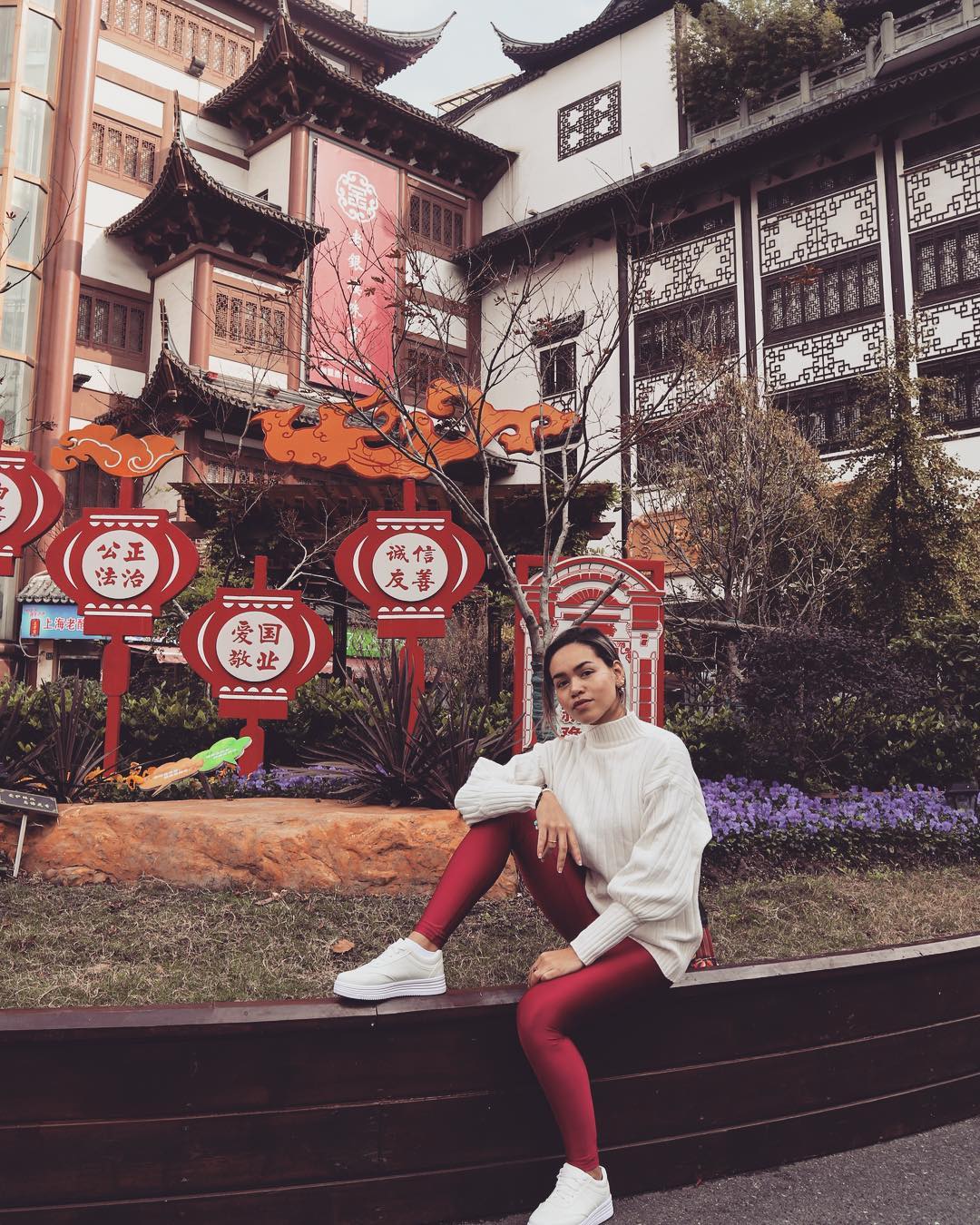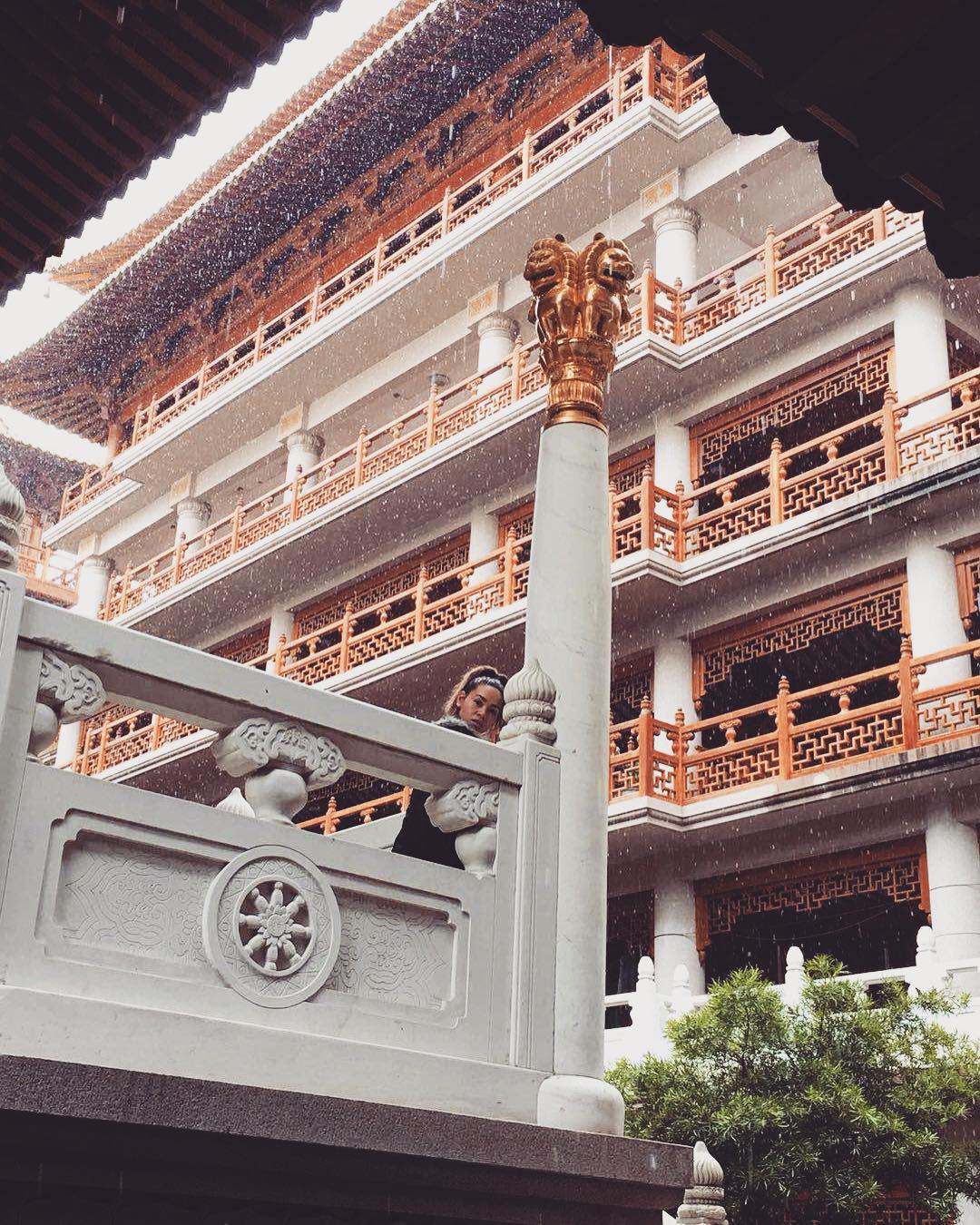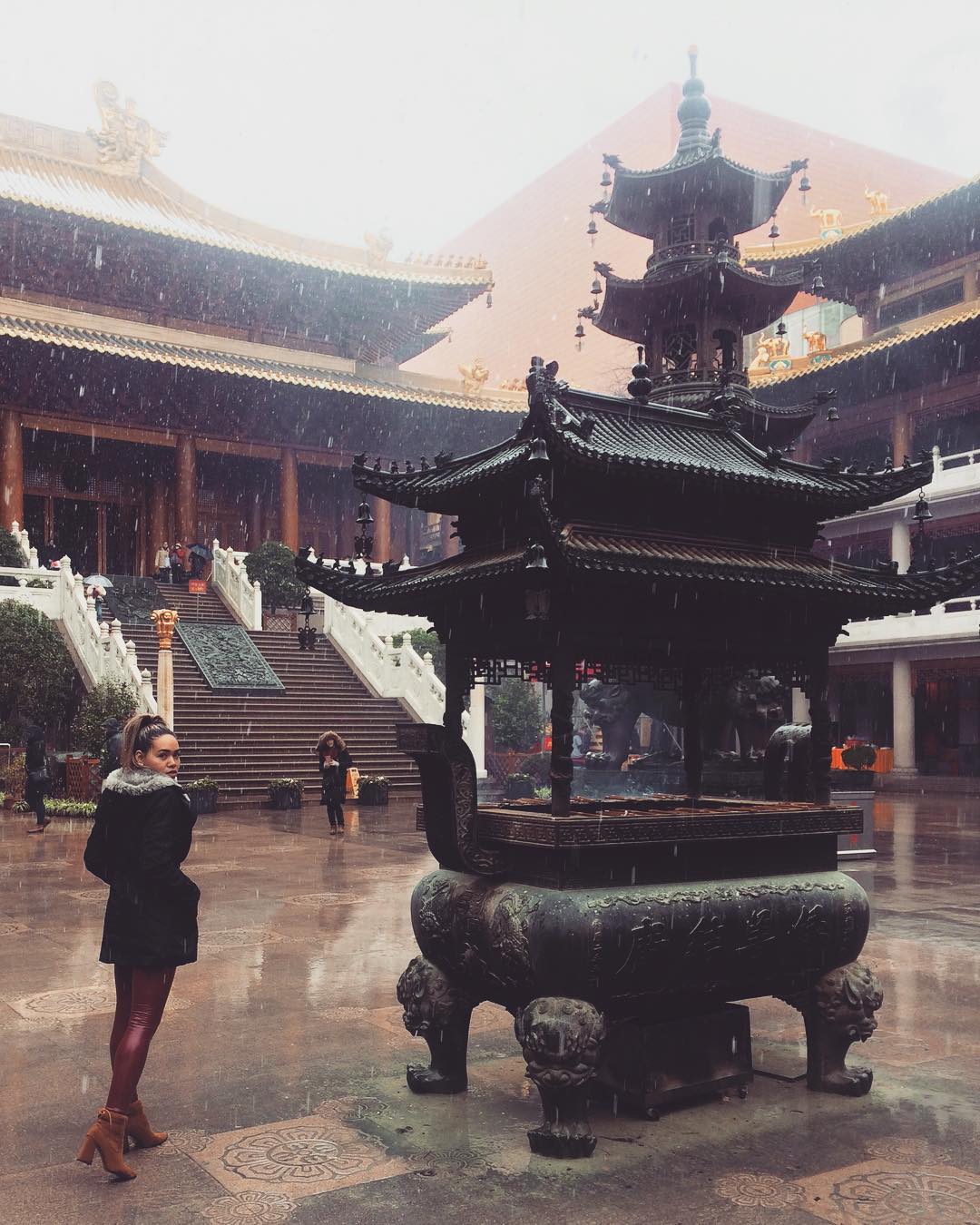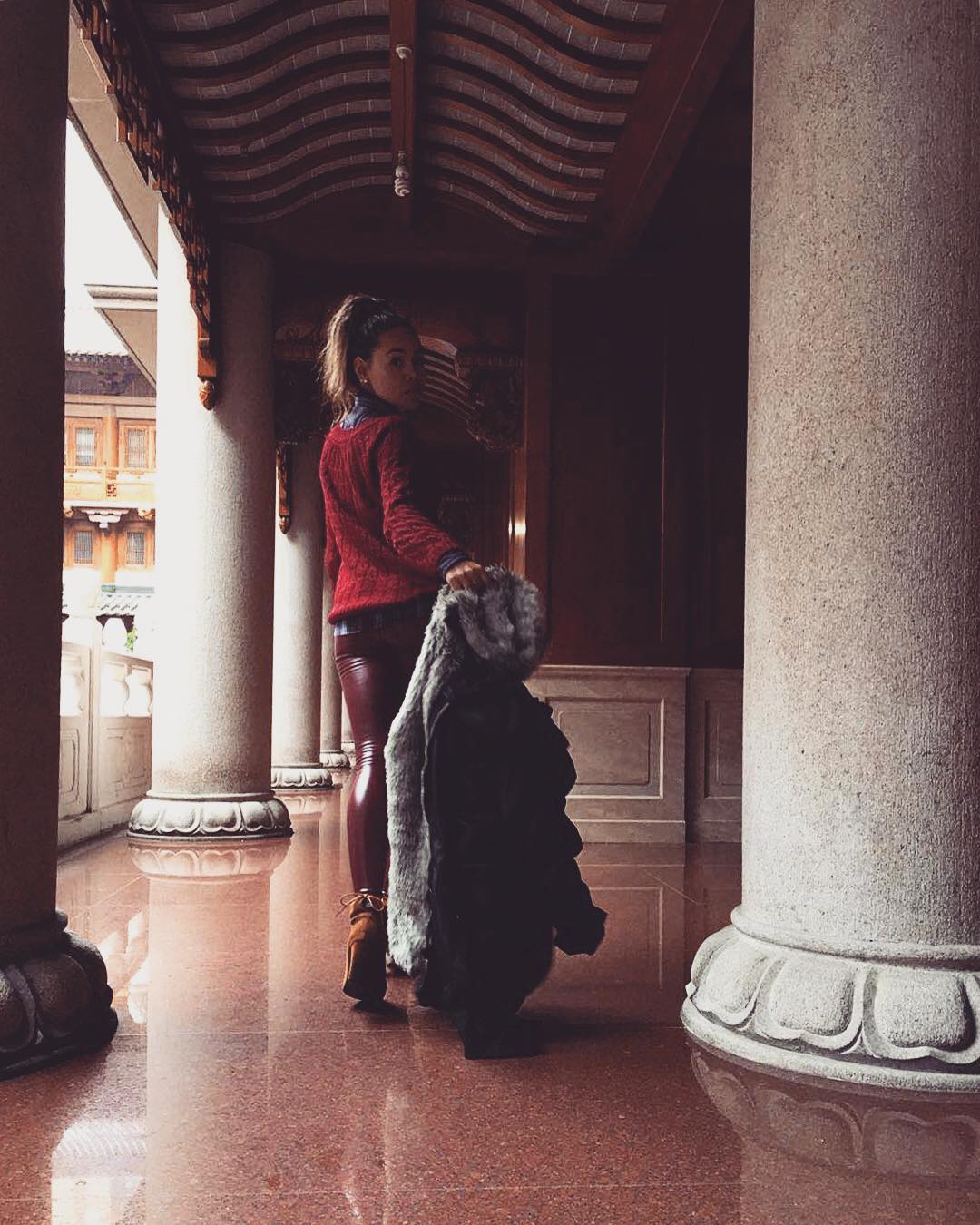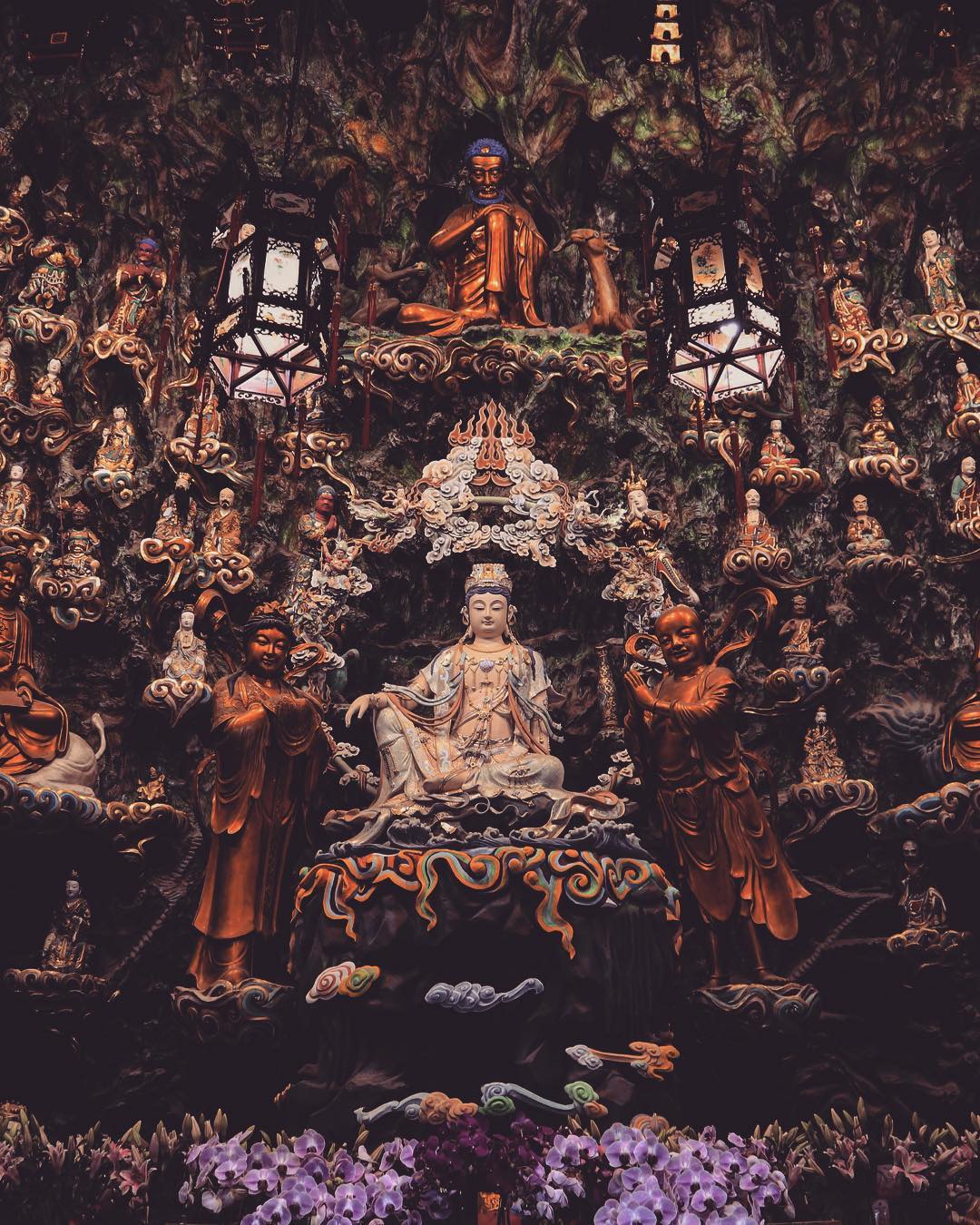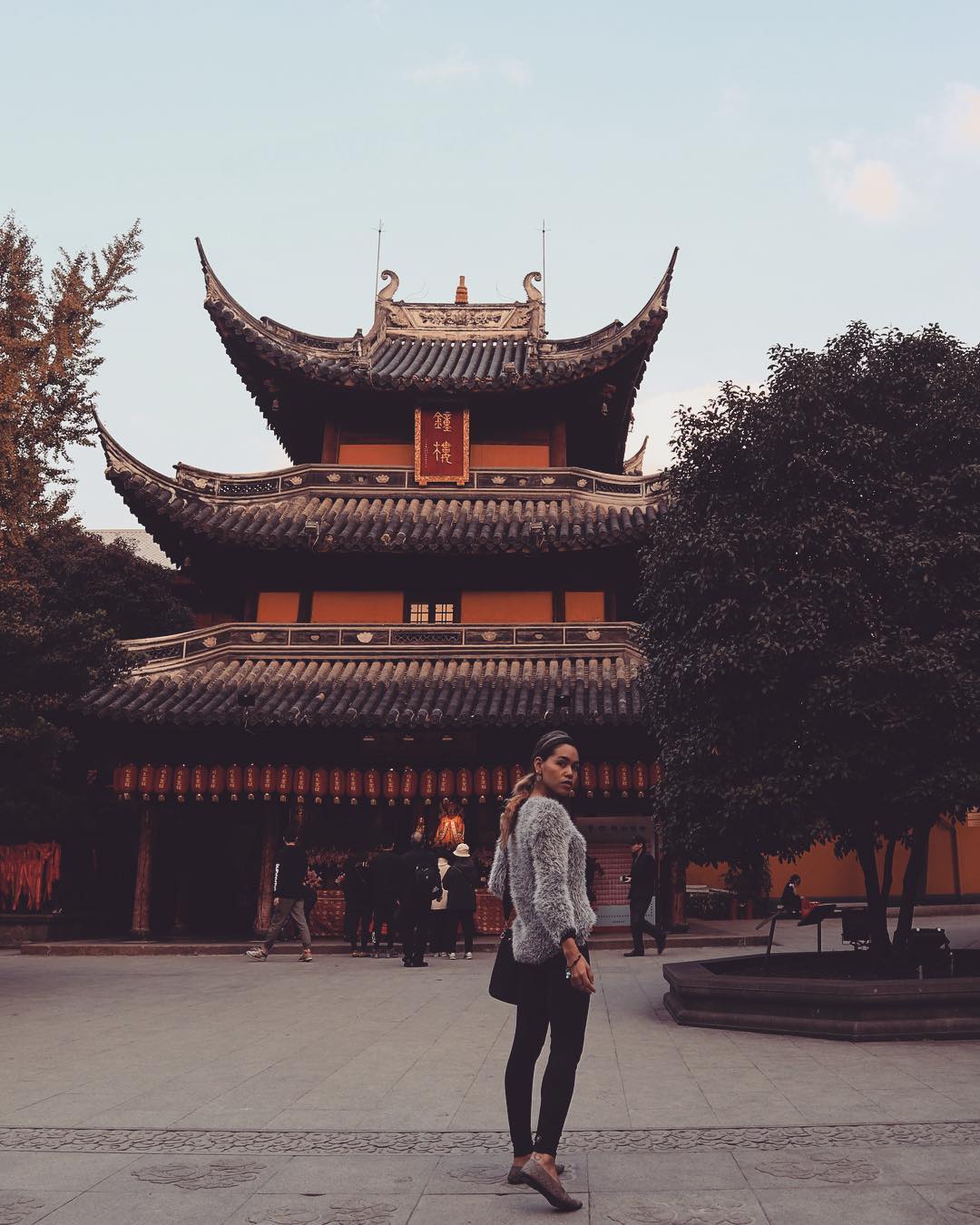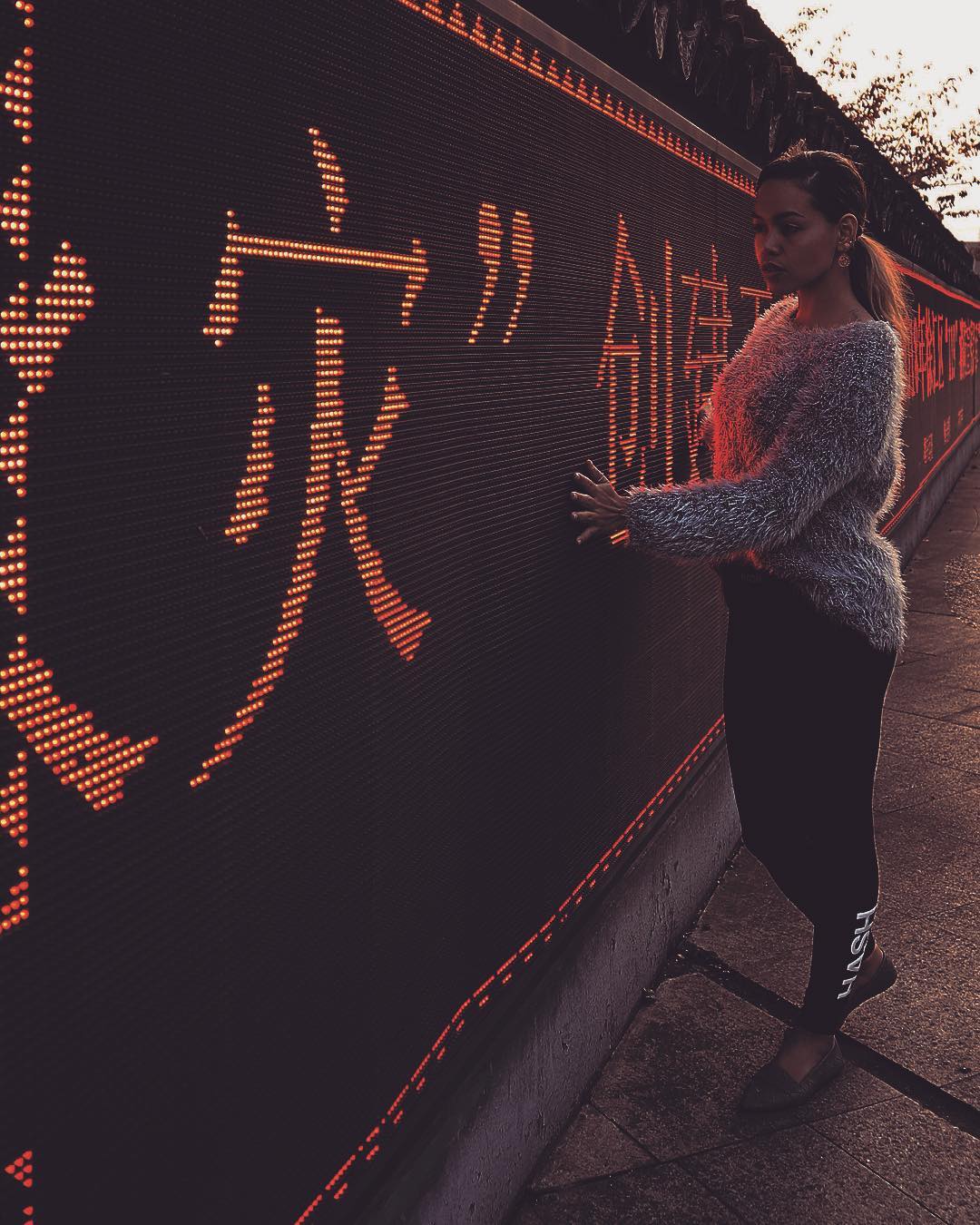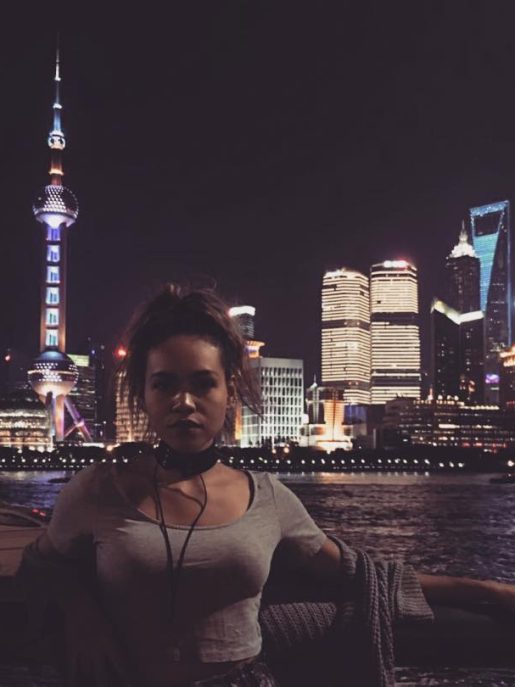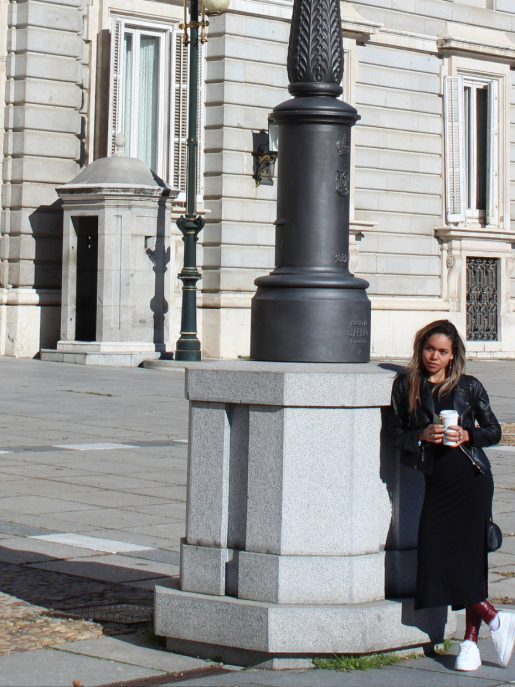Shanghai is one of the four municipalities under the direct administration of the central government of the People’s Republic of China, the largest city in China by population, and the second most populous city proper in the world. It is the country’s biggest city and a financial hub. And mention it’s main, which is known for many things like the Great Wall, Ancient Forbidden Cities, Noodles, and Buddhist Temples – it is all about temples and most of them look the same but not all are created equal.
If you have checked my Instagram I am always visiting or giving a tour of the most iconic places in the city, and as many people have asked me to advise them on places for their own trips, these are my favorites and the ones you must visit to have a life-changing experience in Shanghai.
The Longhua Temple
The Longhua Temple is Shanghai’s largest Buddhist and oldest temple in Shanghai, which has a remarkable history (from the story of human remains and executions, popular cinema, and peach blossoms) and the pagoda is the only one in Shanghai that existed before modern times. It has a main south-to-north axis along which five of the buildings are located.
Five Main Buildings:
- Maitreya Hall (Mile Dian) – housing a statue of Maitreya Buddha and another in his manifestation as “Budai”, or Cloth bag monk.
- The Emperor of Heaven Hall (Tianwang Dian) – houses four Buddhist gods, each of whom watches over one cardinal direction of the world.
- The Grand Hall of the Great Sage (Daxiong Baodian) – the most impressive of five-man halls. In it, there is a big golden statue of Buddha along with several statues of arhats. Chanting music is played, and people bow and kneel in front of them.
- The Three Sages Hall (Sansheng Dian) – houses statues of the Amitabha Buddha, and the Buddistavas (male form).
- The Abbot’s Hall (Fang Zhang Shi) – is a place for lectures and formal meetings.
The era of the Song Dynasty
It isn’t clear when a temple was first built in the location, but it is thought that some buildings and the Longhua Pagoda were built during the era of the Song Dynasty. The brick tubular shell of the pagoda is said to have been first built in 977. The wooden staircase and the 7 roofs are said to be of recent construction.
The era of the Qing Dynasty
Most of the current buildings are thought to have been built in the middle to the late 19th century during the Qing Dynasty era. There was a major reconstruction effort in 1954. With the help of donations from wealthy Overseas Chinese, a lot of money has been spent on restoration and upkeep, so the whole complex is well-refurbished and well-decorated.
The Landmarks
- The temple fair – wherein on the 3rd day of the 3rd month of the lunar calendar, people can see the peach blossoms.
- A Room with 500 golden statues – a big golden sitting Buddha statue where you can see a little gold statue arranged in rows.
- A Bell and Drum Tower – on the evening of New Year’s Eve on December 31st, which is a tradition to strike the bell 108 times to ring in the year wherein people can pay about 50 RMB or $7.50 to strike it three times. Bell ringing on New Year’s Eve is a common tradition in Buddhist temples that have a bell in East Asia.
- And the Longhua Pagoda – which has 40.4 meters high is made of brick, and the staircases are made of wood. It is red, has 7 stories, and looks like a delicate Song-era pagoda.
How to get there: Take Metro Line 11 or Line 12 and get off at Longhua Station. Take exit 2 and walk along Longhua Road to a crossing. Then turn north and walk along West Longhua Road. Then you can see Longhua Temple on Longhua Old Street on the east side of the road.
City God Temple of Shanghai
City God temple is the most significant Taoist temple in Shanghai – the Chinese name of the temple Chenghuang in Taoist means the “guardian of the city”. It is the most important religious building in the whole of Shanghai. It consists of nine halls where various statues of immortals are believed to be in charge of certain aspects of human life, such as luck, mercy, and wealth.
Originally built in the 15th century, the temple is now dedicated to three city gods (Huo Guang, Qin Yubo, and Chen Huacheng) and is a popular spot to visit during Chinese New Year in order to ring the temple bell and gain good fortune. Today’s Town’s God Temple serves for Zhengyi sect of Taoism, occupying an area of over 2000 square meters and including nine halls namely;
- Grand Hall (Huoguang Hall)
- Yuanchen Hall (Jiazi Hall)
- God of Wealth Hall
- Zihang hall
- Chenghuang Hall
- Niangniang Hall (Goddess Hall)
- Fumu Hall (Parents Hall)
- Guansheng Hall
- Wenchang Hall.
With the temple as the core, the old town of Shanghai has formed a well-known City God Temple Scenic Region. Inside it, there are representative classic Yu Garden and a world of handicrafts and traditional artworks Yuyuan Market. They both are a step away from City God Temple. As a result, the locals and visitors usually go to the temple and the market after they finish touring Yuyuan Garden.
How to get there: Take metro line 10 and get off at Yu Garden Station. Leave from exit 3. Walk south along South Henan Rd. for five minutes and then walk east along Middle Fangbang Rd. for another five minutes to the temple.
Yu Garden
Yu Garden or Happiness garden is believed to have been built in the Ming Dynasty, more than 400 years ago. It has classical Chinese architecture, exquisite sculptures and carvings, and the busy Yuyuan Bazaar. And it is composed of six scenic areas such as:
- Sansui Hall – a 12-meter high rockery made of Huang shi stone, featuring peaks, cliffs, winding caves, and gorges. These were possibly created by Zhang Nanyang (Chinese stone gardener) during the Ming Dynasty
- Wanhua Chamber – known as the chamber of the ten thousand flowers
- Dianchun Hall – built in 1820, the first year of the Daoguang Emperor; served as the base of the Small Swords Society from September 1853 to February 1855.
- Yuhua Hall – furnished with rosewood pieces from the Ming Dynasty, shares its name with a mountain near Xinye in Zhejiang.
- Inner Garden – rockeries, ponds, pavilions, and towers; first laid out in 1709 and more recently recreated in 1956 by combining its east and west gardens.
It was a private garden of the family in the Ming Dynasty. It was the largest and most prestigious era in Shanghai after it was completed. The garden is unique in its design. It perfectly blends decorative halls, elaborate pavilions, glittering pools, zigzag bridges, pagodas, archways, and impressive rockeries.
How to get there: Take Metro Line 10 and get off at Yuyuan Station. Leave from Exit 1.
Jing’An Temple (Jing’An Si)
Jing’An temple is one of the few you’ll probably see before you know what it is. Impressive from the outside with imposing walls, it is actually one of the less interesting inside – but still worth a look.
It has a long history, originally built in the 3rd century, it was moved to its present site in the Song Dynasty, destroyed in 1851, rebuilt, turned into a plastics factory during the Cultural Revolution, and renovated back into a temple in 1983. It is undergoing constant renovation but its Song Dynasty architecture is beautiful and the temple is popular with tourists and practicing Buddhists alike.
How to get there: Take Subway Line 2 or Subway Line 7 and get off at Jing’an Temple Station. Leave Exit 1 to get to the temple directly.
Jade Buddha Temple (Yufo Si)
Jade Buddha Temple (Yufo Si) is the famous Buddhist Temple in Shanghai. As with many modern Chinese Buddhist temples, the current temple draws from both the Pure Land and Chan traditions of Mahayana Buddhism. It was founded in 1882 with two jade Buddha Statues imported to Shanghai from Burma by sea. These were a sitting Buddha (1.95 meters tall, 3 tonnes), and a smaller reclining Buddha representing the Buddha’s death.
The temple now also contains a much larger reclining Buddha made of marble, donated from Singapore, and visitors may mistake this larger sculpture for the original, smaller piece. While the complex is small, it is interesting to wander through, and has a number of halls to stop and peek in:
- Hall of Heavenly Kings,
- Great Treasure Hall,
- And 10,000 Buddhas Hall.
The centerpiece is, of course, the Jade Buddha located in its own hall (extra 10 RMB entry) at the back of the complex. Totter up the well-worn stairs to have a look at the nearly 5-foot (1.9m) tall pale-green Burmese jade likeness.
How to get there: Take Metro Line 13 and get off at Jiangning Road Station. Leave from exit 4 and then walk southward for about five minutes to the Temple.
